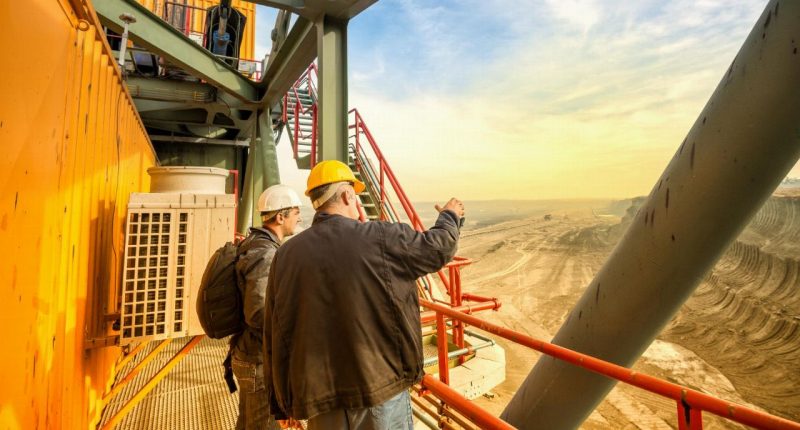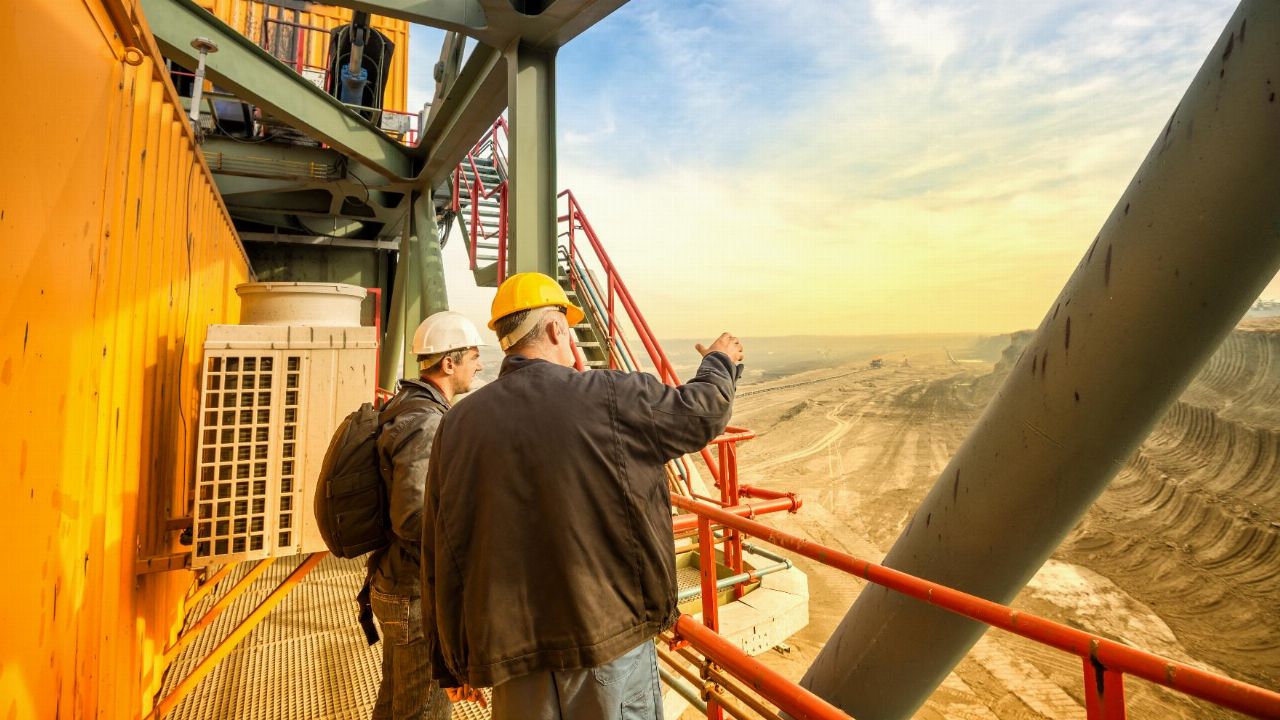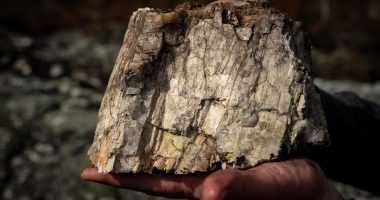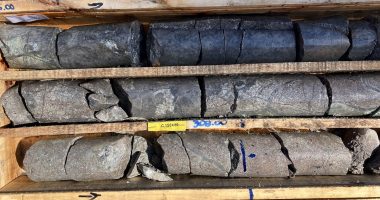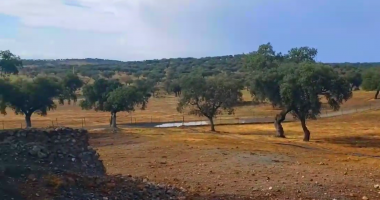- Aurania Resources (ARU) is confirming a new discovery that extends the company’s Tiria-Shimpia target from 15 kilometres to a total length of 22 kilometres
- Elevated metal values have been found in streams draining a ridge that is seven kilometres long in the Shimpia North area
- The new discovery is part of the company’s Lost Cities – Cutucu Project in southeastern Ecuador
- Aurania is currently selecting drill sites at the Tiria-Shimpia target area and expects to begin drilling in this quarter
- Shares of Aurania Resources are up 3.15 per cent on the day, and trading at C$2.95 at 11:17 am ET
A new discovery extends Aurania Resources’ (ARU) Tiria-Shimpia target from 15 kilometres to a total length of 22 kilometres.
The newly-discovered Shimpia North area is one in which elevated metal values have been found in streams draining a ridge that is seven kilometres long.
Shimpia North is an extension to the high-grade silver-zinc-lead mineralization at Tiria-Shimpia and part of the company’s Lost Cities – Cutucu Project in southeastern Ecuador.
Outcropping mineralization in the first reconnaissance exploration in the new area gave a grade of 40 grams per tonne of silver in an extensively weathered gossan (iron-rich residue that remains after intense weathering of sulphide-rich rock), according to the company.
Among other samples was a boulder of barite in a stream that returned 19 grams per tonne of silver, 6.5 per cent lead and 1.1 per cent zinc.
“Shimpia North appears to have the same character, style and mineralization type as Tiria-Shimpia, though it is displaced to the northwest. I consider it to be part of the same system. This may be the distal expression of the copper/silver -in-sediment system we have traced further to the south across country for 23 kilometres. In any case, the Cutucu is proving to be a rare case of a metal-rich basin, that though uplifted and exposed has appeared to not be eroded to significant extent. The siliceous sinters we find at Kuri-Yawi are evidence of the original land surface in the Jurassic, when we expect the mineralizing event took place. What I find astounding is that Cretaceous and younger cover rocks have been stripped off to just the right erosional level to expose mineralization. Otherwise, we would never have guessed it was there. Equally significant, our very large land parcel has allowed us to piece this story together. If we had had a postage stamp type parcel, we never would have guessed the magnitude of these mineralizing systems. Serendipity has worked in our favour,” said Aurania Chairman and CEO Keith Barron.
Rock-chip and stream sediment sampling that highlights the extent of the mineralized zone, corresponds closely with high potassium detected in radiometric data from the company’s geophysical survey completed in 2017.
Aurania is currently selecting drill sites at the Tiria-Shimpia target area and expects to begin drilling in this quarter.
The stream and rock samples were prepared for analysis in Cuenca, Ecuador, and the analyses were done in Vancouver, Canada.
Shares of Aurania Resources are up 3.15 per cent on the day, and trading at C$2.95 at 11:17 am ET.
